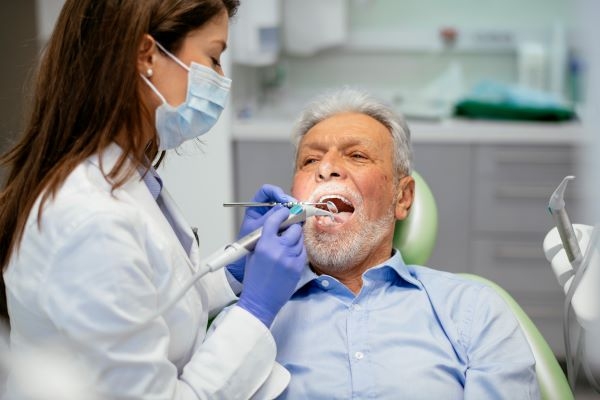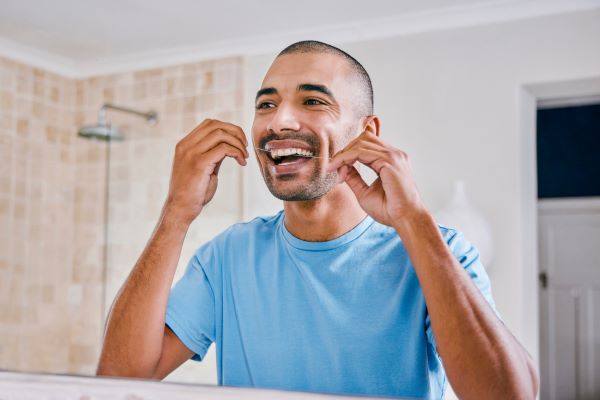-
If you’re recovering from an injury, experiencing aches and pains, or having trouble with movement and mobility throughout the body, there are several types of practitioners who may be able to help you.
Physiotherapists, chiropractors and osteopaths all take a slightly different approach to treatment, so it can be difficult to know which one might be right for you.
Before seeking treatment, talk to your GP about the issue you’re experiencing. They can advise you on which type of treatment might be most helpful, and provide more information to guide you in the right direction.
Keep in mind that chiropractic and osteopathy are considered complementary or alternative medicine, and some critics point to a lack of scientific evidence. However, they may still be beneficial for you, so discuss your options with your doctor.
If you do decide to visit a physio, chiro or osteo, you will be asked for a detailed medical history on your first appointment. Here’s what else you can expect.
Physiotherapists
Physiotherapy is focused on movement and function, often following injury or surgery, or when dealing with a physical disability. A physio uses massage, exercise, stretching and hands-on manipulation to treat pain or dysfunction and to improve your mobility and flexibility.
According to the Australian Physiotherapy Association, a physio may be able to help you with:
- Muscle and joint stiffness or pain
- Recovery from an injury or operation
- Neurological disorders
- Supporting the aging process
- Occupational safety issues in your workplace
What to expect on your first visit
If you have any x-rays or scans relevant to your visit, bring these along. A physio probably won’t ask you to change into a gown, but wearing loose-fitting clothing will help.
Physios use a strong massage technique and you’re likely to feel at least a little pain during a session, especially if your muscles are tight. This pain might extend to the next day or two, but should disappear after that.
You’ll get ‘homework’ in the form of stretching or light exercises when you see a physio – and you’ll find results are much improved if you actually do them!
Physio, chiro or osteo – what’s the difference?

-
Chiropractors
Chiropractic treatment is focused on treating and preventing musculoskeletal problems throughout the body, using manual adjustment of the spine. They can help treat or manage issues like back and neck pain, headaches and arthritis. Your GP is a good place to start before seeking treatment.
What to expect on your first visit
Bring along any spinal x-rays or scans to your appointment, otherwise some chiropractors have on-site facilities to conduct them. An x-ray will help your chiro check for posture or misalignment issues and to treat you in a more targeted way.
You’ll be asked to change into a gown in private. During the adjustment itself your chiro will mostly use their hands, but some use a metal object called an activator for tighter spots. While you might feel slightly uncomfortable at times, you shouldn’t feel pain.
After your adjustment most chiropractors recommend a 3-5 minute walk to let the work settle into your body. You might feel a little sore the following day.
Osteopaths
Osteopaths focus on the health of the entire body, rather than just the injured or affected part. They look at how your skeleton, joints, muscles, nerves, circulatory system, connective tissue and internal organs function as a whole body unit.
You might see an osteo for issues including back pain, headaches, sporting injuries or digestive issues.
As with chiros and physios, osteos use their hands to try and balance the systems within the body, although their touch and massage techniques are gentle in comparison. They’ll also get you stretching.
There is also a growing body of evidence to support their treatment of lower back-pain. As always, consulting your GP first is recommended.
What to expect on your first visit
Bring along any x-rays, scans or test results you feel are relevant. Depending on what you’re being treated for you might be asked to change into a gown, but wear loose-fitting clothing anyway.
You’ll be asked to perform some simple movements and stretches to help the osteo ascertain the strength of your posture and mobility. They’ll also assess the health of your joints, tissues and ligaments using gentle hands-on manipulation.
-
Do you need an electric toothbrush?
Which toothbrush scrubs up best?
-
Dietitian, nutritionist or naturopath: What’s the difference?
Who should you see for professional dietary advice?
-
5 ways to eat healthy while travelling
Come home feeling refreshed, fit and energised.
-
How often should you get your teeth cleaned?
We spoke to Medibank Members’ Choice Advantage dentist Dr Jonathan Cichero to find out.
-
Daily habits for good oral health
Do you really need to floss? Is an electric toothbrush better than a manual one? Find out which habits to make (and which ones to break) for better oral health.
-
How to conquer your fear of the dentist
Dr Merrilyn Hooley's tips for a less stressful dental appointment.
Subscribe to receive the best from Live Better every week. Healthy recipes, exercise tips and activities, offers and promotions – everything to help you eat, move and feel better.
By clicking sign up I understand and agree to Medibank's privacy policy






